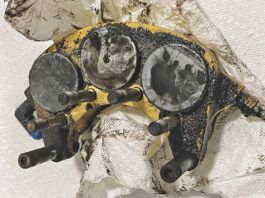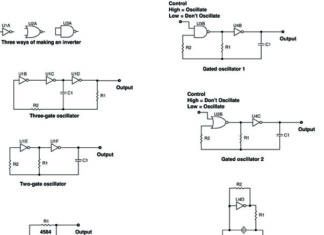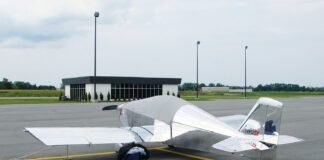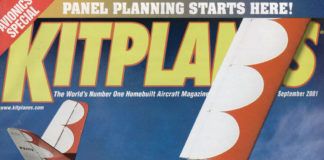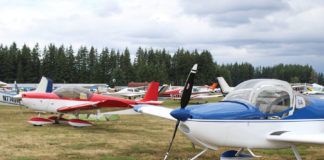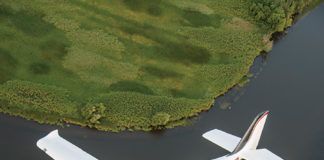Aero ‘lectrics
Jim Weir continues his series on digital logic (CMOS), and makes the little logic circuits do things that their inventors never considered.
Aero ‘lectrics
So far in Jim Weirs investigation of digital logic, hes explored small scale integration. This time, its time to ramp it up a bit and use some medium scale integration devices that will remember your settings.
Aero ‘lectrics
The subject this month is Schmitt triggers and digital gates, which can be employed for a variety of purposes in homebuilt aircraft including use with switches and sensors or panel lighting.
Aero ‘lectrics
If you need a horn to sound when the airspeed drops below a certain level or when the power is cut and the landing gear is still up and locked, an electronic circuitry solution is the lightest, most reliable and most cost-effective way to go.
Aero ‘lectrics
This month, we look at how an airspeed indicator works and rig up a simple calibration tool for it;
Aero ‘lectrics
This month we get into actually building the portable antenna that was described last month;
Aero ‘lectrics
In this first of a two-part series, Jim Weir builds a low-cost, high-efficiency portable ground-based antenna system that he used to great effect in the recent CAFE 400 (fuel efficiency) race in Northern California. You can do it, too.
The Home Machinist
If your hacksaw has been relegated to the bottom of your toolbox, chances are its because you don't know how to use it properly. Author Bob Fritz offers a primer on the subject that may make you think more highly of this underused tool. A discussion of cam construction and keyless chucks rounds out this installment.
Aero ‘lectrics
Impressed by the quality of the cheap headsets he encountered on a recent commercial airliner flight, Jim Weir dissected the airline unit and has come up with a way to replicate it in your own shop.
Aero ‘lectrics
Columnist Jim Weir comes up with what he thinks is the optimal design for getting power from the 12-volt aircraft battery to the LED without wasting any.


